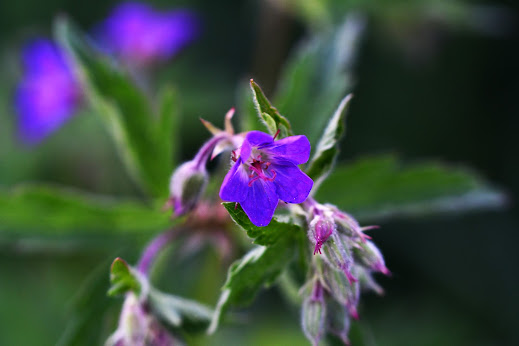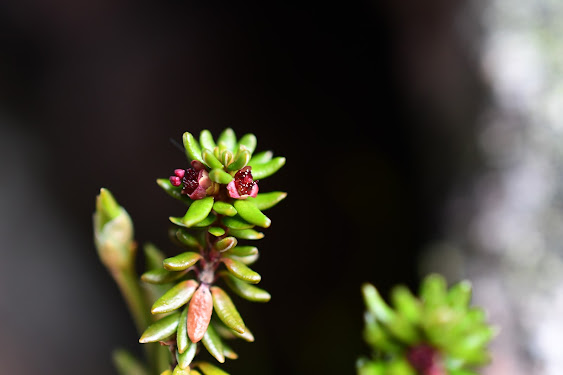Family: Salicaceae
Common name: Shiny-leaved Willow
Scientific name: Salix x meyeriana
Date taken: 16/5/2024
Notes: Native species in the UK. Hybrid between the Bay Willow (S. pentandra) and Crack Willow (S. fragilis). Differs from the former by having 3-4 stamens rather than 5-8 stamens per flower. Differs from the latter by having glabrous and shiny young leaves.
This plant had a healthy dose of beetles munching on its leaves.
 |
| Hairless young leaves |
 |
| 3-4 stamens per flower |







































